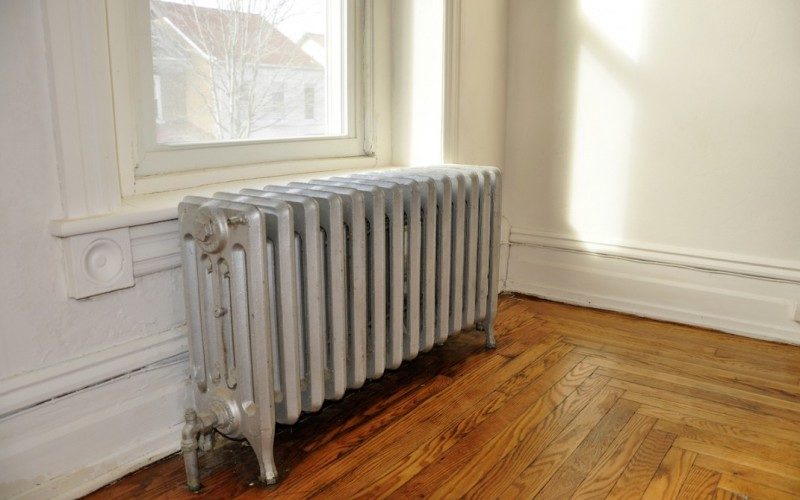We all have fallen foul of it somewhere at home. It could be in your living room right behind the sofa. It could be in your bedroom and giving you hardly any room to get by your bed. It could even be in your kitchen waiting to block you from getting seated at the kitchen table.
Inconvenient radiators. It’s a guarantee that right now you have, or at least remember living somewhere where a radiator just always seems to be in the way. But what can you do about it without ripping everything out? You get smart and lean on space-saving techniques.
Don’t believe me? Here is how to stop a radiator taking up so much room.
Know what a convector is
Radiators do not radiate heat. They convect heat. Go and have a look at a radiator in the room you’re in right now. If you look down in it, you’ll see a fin pattern going across the back. This is a convector. It takes the heat that the radiator produces, mixes it with the cold air underneath, and then spits warm air out the top.
The reason it has that zig-zag style shape is so it can cover more surface area and help heat a room quicker.
Know what a panel is

Now that you know what a convector is, you should know that the panel is where the heat comes from. As the hot water is piped in, it moves through the panel, which emits it towards you and through the convector.
So what does all this have to do with space?
Know how much space you really need
Many people will buy a radiator with two panels and convectors in the middle because it’s the most common type and what they’re used to. When you have a radiator that juts out a little too much or sits in a way that can only be described as “the most annoying inconvenience the world has ever seen”, you’ll be looking for ways to keep a room warm and get that radiator out of the way.
Thankfully, a simple single panel convector radiator (see some examples at Trade Radiators) can save the day. If you get one that matches the BTU that your room needs, and you’re not relying on a big radiator having to be on at home all the time, you can replace a clunky old radiator for a smaller one that works just as well.
Know your BTU

I mentioned BTU just now, and for most people, it is a foreign term.
BTU stands for British Thermal Unit. It’s a measurement used to figure out how much energy (BTU) it will take to heat a room. You work it out by taking all the measurements of a room and multiplying the cubic feet by a factor of 3,4 or 5. This all depends on the space. And then, of course, taking into account where doors are, the number of windows you have and other factors.
You’re safest just to search online for a “heating calculator”, and you’ll find one you simply pop the measurements in for it to spit out your room’s BTU. You can then use that figure to find a single panel and thinner radiators for the room.
Know your pipes
Finally, if you find that your radiators are going to get swapped for smaller models, make sure you buy pipe extenders and valves that will support the installation of a smaller radiator. This helps keep your heating system in check and ensure that a radiator will fit without needing to have pipework carried out.
Working on some DIY projects while you’re stuck at home?
Make sure you visit the Décor section of the site here. You’ll find recent articles on topics like Kitchen Trends to Embrace in 2020 and the Best Tips on Decorating Your Patio.




